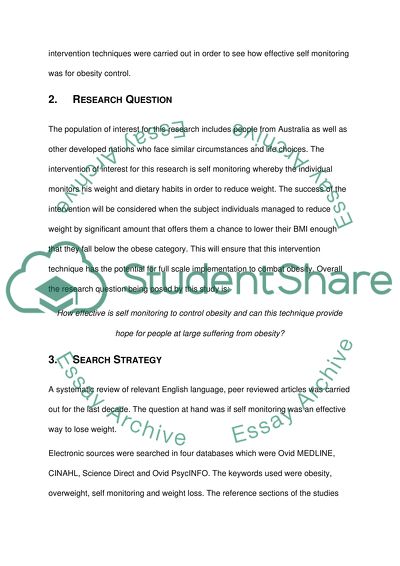Cite this document
(“Obesity Essay Example | Topics and Well Written Essays - 2500 words”, n.d.)
Retrieved de https://studentshare.org/health-sciences-medicine/1392040-obesity
Retrieved de https://studentshare.org/health-sciences-medicine/1392040-obesity
(Obesity Essay Example | Topics and Well Written Essays - 2500 Words)
https://studentshare.org/health-sciences-medicine/1392040-obesity.
https://studentshare.org/health-sciences-medicine/1392040-obesity.
“Obesity Essay Example | Topics and Well Written Essays - 2500 Words”, n.d. https://studentshare.org/health-sciences-medicine/1392040-obesity.


